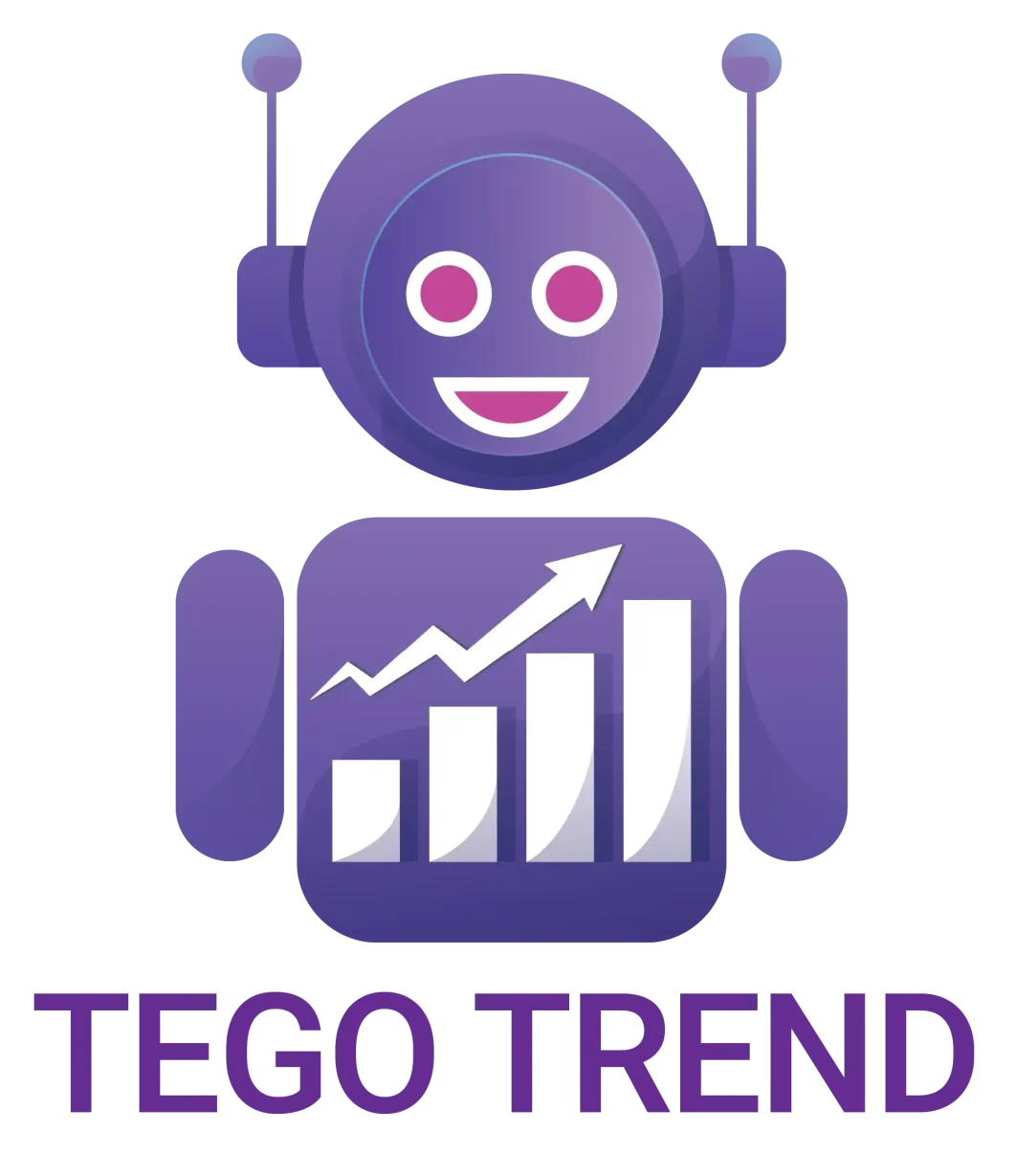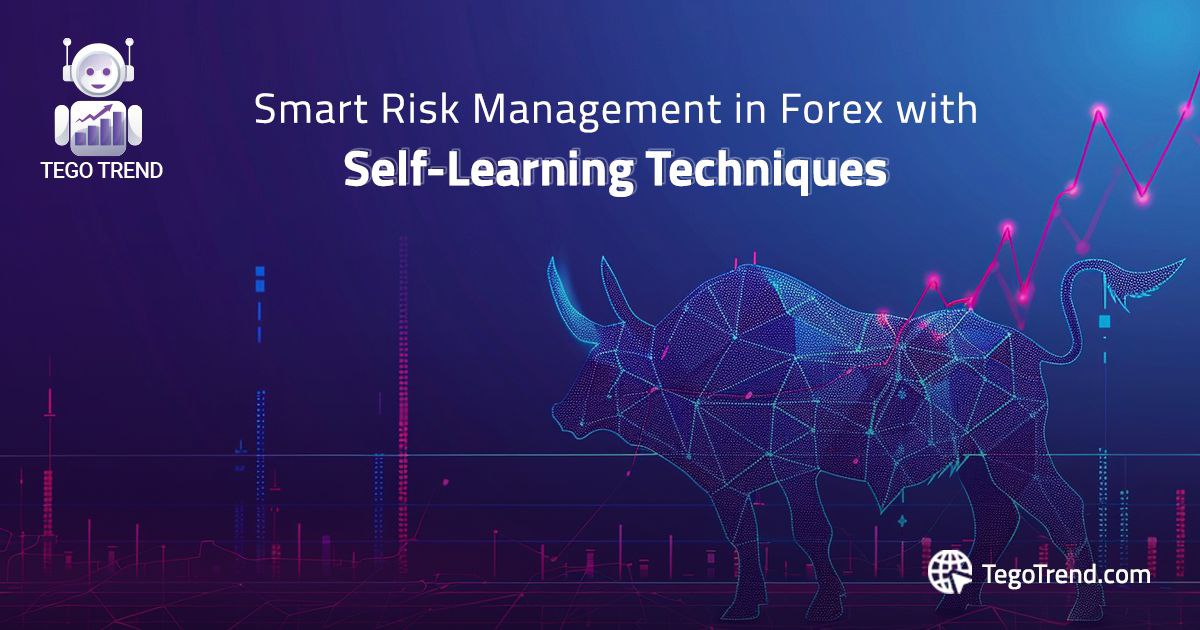Smart Risk Management in Forex Using Self-Learning Techniques
Risk management is the foundation that determines the success of any trader in the forex market, as financial markets are inherently filled with volatility and uncertainty. With the emergence and rapid advancement of artificial intelligence, modern techniques can now be used to mitigate risks and maximize the benefits of market movements. Among the most prominent of these techniques is Self-Learning, which provides systems capable of self-learning from available data and improving their decisions over time without the need for direct human intervention.
In the past, hedging strategies primarily relied on fixed rules, such as placing stop-loss and take-profit orders at predefined levels, without considering ongoing market developments. Today, however, intelligent systems based on Self-Learning can analyze data in real-time, adapt to rapid changes, and make smarter, more efficient trading decisions, making them a powerful tool for both individual investors and financial institutions.
What is Self-Learning and How Does It Work in Forex?
Self-Learning is a branch of artificial intelligence that relies on data analysis and learning from past experiences to improve future decisions. Unlike traditional models, which depend on fixed rules and programming, Self-Learning offers great flexibility in adapting to different conditions, making it ideal for dealing with the ever-changing forex market.
How Does Self-Learning Help Reduce Forex Risks?
- Continuous Market Analysis and Predicting Changes
Self-Learning systems rely on continuous analysis of financial markets, collecting vast amounts of data, such as:
- Real-time price movements
- Trading volumes
- Supply and demand levels
- Key economic indicators
Based on this information, the systems can identify patterns and future trends, helping to reduce risks resulting from sudden fluctuations. For example, if the system notices a weakening in the upward momentum of a specific currency pair, it may automatically adjust the hedging strategy, such as reducing trade sizes or strengthening stop-loss orders.
- Improving Capital Management Strategies
Self-Learning techniques help improve capital management by dynamically adjusting the risk percentage per trade based on market conditions. Instead of using a fixed risk percentage (e.g., allocating 2% of the balance per trade), the system can adjust this percentage dynamically according to expected volatility and risk levels.
- Discovering Hidden Market Opportunities
Through deep data analysis, intelligent systems can identify trading opportunities that may not be obvious to the average trader. For example, a Self-Learning model can detect specific patterns in a currency pair’s behavior before a reversal occurs, giving traders an advantage in entering and exiting trades at optimal times.
Challenges and Potential Risks of Using Self-Learning in Forex
Despite the strong advantages of Self-Learning, there are challenges to consider:
- Need for Massive Data: The more data the model learns from, the better its performance. However, obtaining accurate and up-to-date data can be challenging, especially for individual traders.
- Programming Complexity and High Costs: Developing Self-Learning systems requires strong computational resources and advanced analytical capabilities, which can be costly for small companies and individual traders.
- Overfitting Risks: If the model is trained excessively on historical data, it may lose its ability to adapt to new market conditions, reducing its efficiency.
Practical Applications of Smart Risk Management Using Self-Learning
- In Banks and Financial Institutions
Major banks rely on Self-Learning techniques for credit risk management, analyzing customer data and assessing potential risks for each transaction, thereby reducing cases of default.
- In Hedge Funds and Large Investments
Hedge funds use AI systems to analyze global markets and execute large trades based on accurate predictions, helping them achieve higher returns with the lowest possible risk.
- For Individual Traders
Even individual traders can benefit from Self-Learning by using automated trading programs based on artificial intelligence, such as MetaTrader Expert Advisors and Algo Trading systems that execute trades automatically based on market signals.
In Conclusion…
Smart risk management using Self-Learning represents a qualitative leap in the forex world, providing traders with the ability to analyze the market accurately, adapt to sudden changes, and improve hedging strategies over time. As artificial intelligence continues to evolve, these technologies are expected to become even more advanced, opening the door to further innovations in trading and risk management.
Whether you’re a professional investor or a beginner trader, adopting Self-Learning techniques in your strategies can help you achieve sustainable profits and significantly reduce risks. The future undoubtedly belongs to AI-driven smart trading—are you ready to take advantage of this technological revolution?
You can learn about automated trading through our Automated Trading Learning Series on our YouTube channel via the following link


